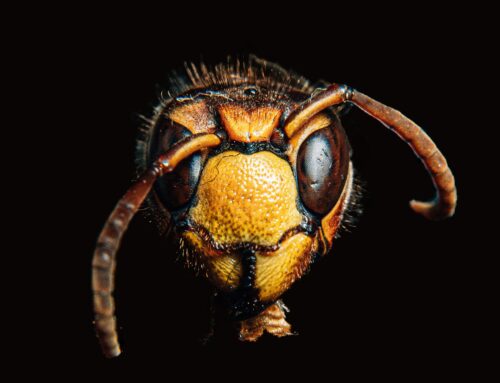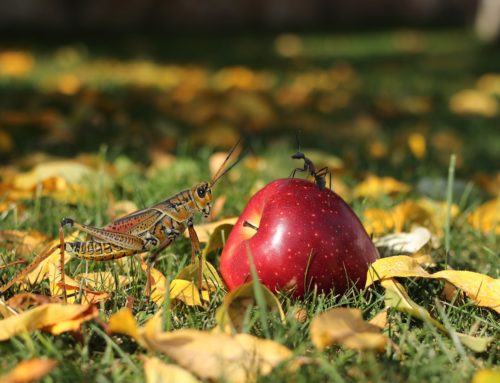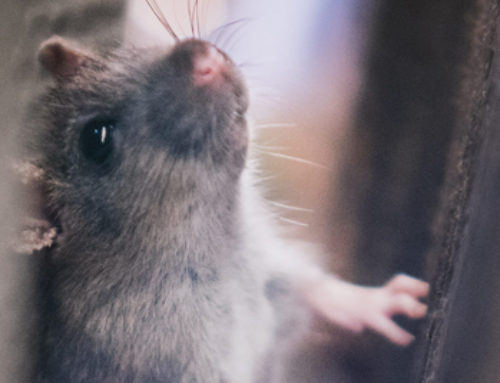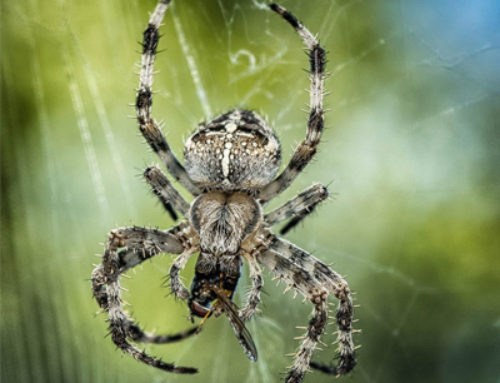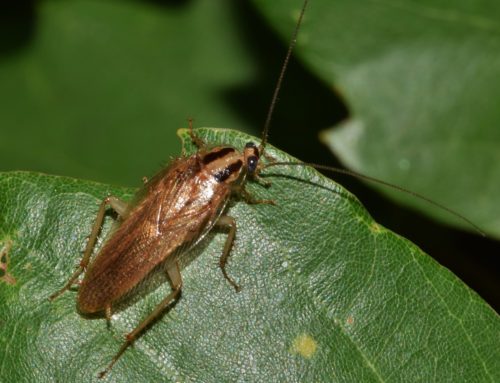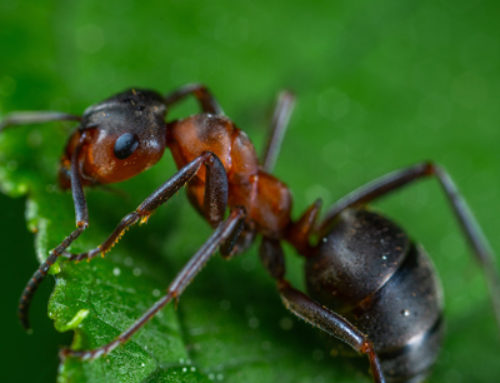Winter Pest Control Prevention Keeps Pesky Pests at Bay
You may have said to yourself, “Where do bugs go in the winter?”, “What happens to bugs in the winter?”. Though winter seems to bring pests to a state of inactivity, this does not mean they cannot enter a home and cause problems. Winter typically calms issues with mosquitoes, flies, and ants, but not all pests enter a winter slumber. Cockroaches, bed bugs, and rodents are all problematic in the winter. These select group of winter pests can be an enormous headache if the proper winter pest control tips and program are not utilized. Thankfully, there are some helpful winter pest control tips that can assist homeowners in keeping their homes free of these pests all winter long.
Prevention is the Key to Keeping Winter Pests at Bay
When it comes to winter pests, rodents are the most prolific. Rodents can squeeze through minute openings, even those slightly smaller than a dime. The following winter pest control and winter pest-proof tips should be started in early fall to ensure everything is in place when Old Man Winter makes an appearance.
- Every area of the home needs to be checked for cracks, crevices, and holes that could allow pests entrance to a home. Experts recommend starting at the basement level and moving all the way to the attic. It is important to seal the interior and exterior and repair any damage that may be present.
- An easy and effective pest control tip is to trim shrubbery and trees around the home is important. These offer shelter to all types of pests and can allow rats and raccoons roof access, where they can enter a home through the attic. Keeping these neatly pruned can help to prevent pests from entering a home and causing damage.
- Those who have a fireplace or woodstove need to keep their wood stored well away from the home. Woodpiles attract all types of winter pests because they use the wood for safe shelter and even as a food supply, in the case of termites. Woodpiles should be kept covered and at least 15-20 feet away from the home.
- If storing boxes inside basements, storage buildings, or garages, make sure to keep them off the floor. When boxes are stored at floor level, they can become nesting material for rodents. Keep items on shelves above the floor level for the best results.
- Keeping a clean home with food items tightly sealed is a year-round task that is vital. Most pests enter homes looking for a food source. If a home is providing a constant supply of food, infestations are likely to occur.
- Finally, an ofter overlooked aspect of any winter pest control program is wiring. As a part your pre-winter pest control program, it is wise for homeowners to check any exposed wiring for gnaw marks and insulation damage. These are signs rodents are nesting. It is also a sign of danger because gnawed wires can lead to fires. Repairing the damage, sealing the home, and calling a pest control specialist is crucial.
Important Areas to Inspect
Where do bugs go in the winter? What happens to bugs in the winter? While pests can enter a home from many access points, there are some that are more common than others. Inspecting these areas and making sure they are structurally sound is important for pest prevention.
- Chimney
It is crucial to ensure the chimney is covered with a chimney cap and the cap is in sound shape. If there are any gaps, bats, birds, squirrels, rats, and raccoons can enter. - Basement
Basements are notorious for allowing pests of all types to enter. Because they are at the ground floor level, they suffer structural damage that allows openings for entry. - Crawlspace
Sealing the crawlspace is essential for keeping pests away. If the crawlspace has openings, this will be a prime area for pests to enter. - Attic
Attics should also be checked for any openings. Roof vents and other openings can sometimes allow a range of pests to enter, causing major headaches for a homeowner.
Conclusion
The above steps take time so it is important homeowners start the process in early fall so they will have all the steps accomplished before winter starts. Taking these steps will help to ensure a home is pest-free throughout the winter months and beyond.

